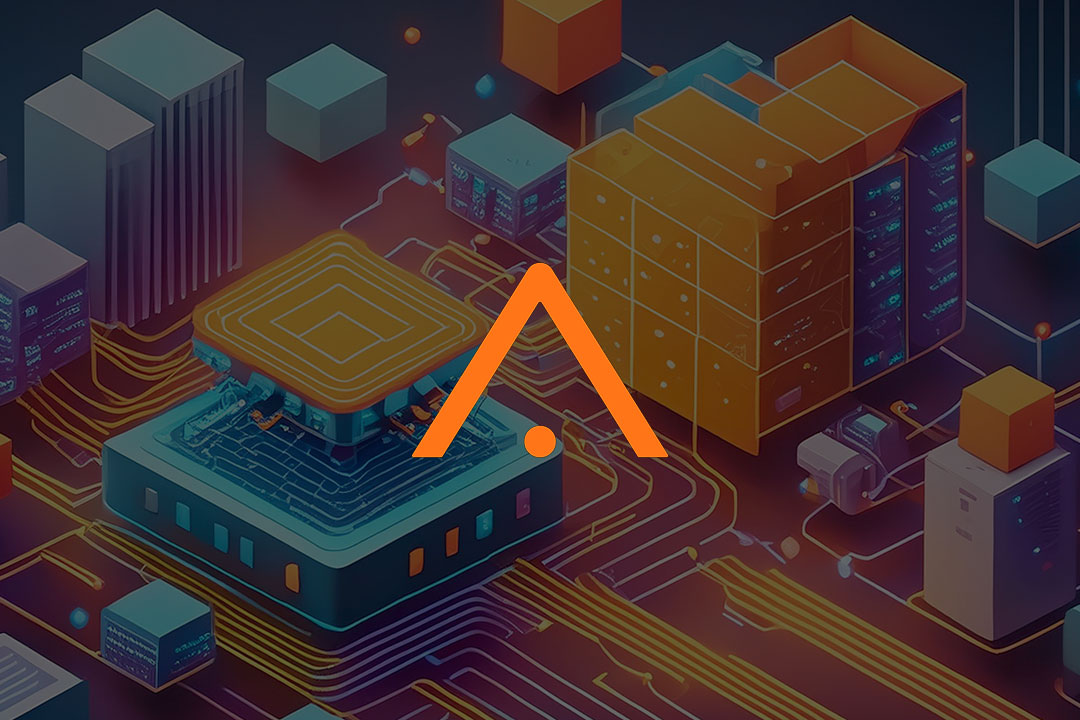API Endpoints: Simplified With Autonomous Agents
 Rory Murphy
Rory Murphy
API endpoints are the vital connectors in software development, enabling different systems to communicate and exchange data.
They serve as the access points for applications to interact with back-end services, making them essential for integration and functionality.
However, managing and integrating these endpoints can be a complex and time-consuming task.
This article outlines exactly how autonomous agents transform the process of adding, configuring, and managing API endpoints.
By leveraging advanced automation, these agents drastically reduce development time and effort.
At APIDNA, we’ve been working tirelessly to develop our agents to simplify every step of the integration process as much as possible.
Try out our autonomous agent powered platform today by clicking here.
Understanding API Endpoints
API endpoints are specific URLs or addresses within an API that allow applications to access various resources or services.
Each endpoint corresponds to a specific function or resource, such as retrieving user information, submitting a form, or updating a database entry.
By providing structured access points, endpoints facilitate efficient data exchange and integration between various applications.
Understanding and effectively managing these endpoints is crucial for maintaining smooth and reliable API integrations.
In one of our previous articles we explored the fundamentals of API endpoints and their crucial role in modern software architecture.
Now, we’re taking it a step further by introducing autonomous agents, a revolutionary approach to simplifying endpoint integration.
API Endpoint Integrations Made Easy
The traditional process of adding endpoints can be tedious and time-consuming, involving extensive coding and manual setup.
Autonomous agents revolutionize this process by streamlining the addition of both single and multiple API endpoints with minimal effort.
Typically, integrating an API endpoint involves defining its structure, specifying methods (GET, POST, etc.), and configuring parameters like headers, body, path, and query parameters.
This can be repetitive and prone to errors, especially when dealing with a large number of endpoints.
Autonomous agents automate these tasks, ensuring accurate and efficient integration.
Automating the configuration of multiple endpoints saves substantial time and effort, which can instead be diverted towards innovation.
It also ensures that all endpoints are configured uniformly, reducing the risk of errors, therefore being ideal for large projects.
With APIDNA’s autonomous agents, adding a API endpoints becomes a matter of a few clicks:
Upload the Endpoint Document: Start by uploading a document containing the endpoint information. This document includes the posting method, URL, headers, body, and parameters.
Automatic Configuration: The autonomous agent parses the uploaded document, extracts the necessary details, and configures the endpoint automatically.
Confirmation and Use: Once the endpoint is configured, simply confirm the addition. The endpoint is now integrated and ready for use, accessible via a unique URL.
Leveraging Pre-Integrated Endpoints
Utilizing pre-integrated endpoints streamlines the development process by enabling developers to reuse previously integrated APIs.
Autonomous agents play a crucial role in this, allowing developers to easily access and incorporate these endpoints into their projects.
Developers can quickly browse a library of commonly used, pre-configured endpoints.
This eliminates the need to manually set up these APIs from scratch, saving valuable time and effort.
With autonomous agents, selecting an endpoint is as simple as a few clicks.
Once chosen, the endpoint can be customized to meet specific project requirements without the hassle of extensive reconfiguration.
By reusing endpoints that have already been tested and validated, developers ensure a consistent and reliable integration experience.
This reduces the likelihood of errors and enhances overall project stability.
With the heavy lifting done by autonomous agents, developers can focus more on creating innovative features and improving user experience rather than getting bogged down by repetitive setup tasks.
Reducing Development Time with Autonomous Agents
Autonomous agents significantly streamline the endpoint integration process, benefiting developers of all experience levels.
For junior developers, who may find manual integrations complex and time-consuming, these agents simplify the steps and minimize potential errors.
Senior developers, while capable of handling intricate integrations, still benefit from the efficiency gains, allowing them to focus on more critical tasks.
Traditionally, a manual API endpoint integration can take a junior developer 1-2 weeks to complete, involving extensive coding, testing, and troubleshooting.
Even experienced senior developers spend 1-2 days on a single integration due to the intricate details and quality checks required.
Autonomous agents, however, revolutionize this process by reducing the integration time to mere seconds.
This dramatic reduction is achieved through automated processes that handle the coding, configuration, and validation tasks typically done manually.
Autonomous agents have the unique capability to execute tasks independently, handling the entire process from start to finish.
Unlike large language models (LLMs) that provide detailed instructions for users to follow, autonomous agents perform the tasks themselves, eliminating the need for manual intervention.
This distinction allows autonomous agents to deliver real-time solutions and efficiencies that significantly reduce the workload and complexity for developers.
Consider a company developing a complex application requiring the integration of hundreds of API endpoints.
Without autonomous agents, this task could take a team of developers several months to complete, significantly delaying the project timeline.
With autonomous agents, the same team can integrate these endpoints within a few hours.
This efficiency not only accelerates the development cycle but also increases overall productivity, allowing developers to focus on innovation.
Enhancing Development Workflow
Autonomous agents are revolutionizing the development process by seamlessly integrating into workflows, significantly enhancing efficiency and productivity.
These agents handle tasks such as API endpoint integrations autonomously, removing the need for manual input and allowing developers to focus on more complex and creative aspects of their projects.
The streamlined workflow results in faster development cycles and reduced errors, as autonomous agents consistently perform repetitive tasks with precision.
Autonomous agents also play a vital role in continuous integration and deployment (CI/CD) practices.
They facilitate rapid and reliable code changes by automating the integration of new API endpoints, ensuring that all components work harmoniously.
This automation supports a more agile development environment, enabling teams to deploy updates more frequently and with greater confidence.
Looking towards the future, leveraging the capabilities of autonomous agents prepares organisations for scalability and innovation.
As projects grow and evolve, the ability to quickly and efficiently integrate new endpoints becomes increasingly crucial.
Autonomous agents provide the flexibility to adapt to new technologies and expand project requirements without overwhelming development teams.
This future-proofing ensures that organisations can scale their operations seamlessly, maintaining a competitive edge in a rapidly changing technological landscape.
Further Reading
Understanding API Endpoints: A Beginner’s Guide to Streamlining Development
Subscribe to my newsletter
Read articles from Rory Murphy directly inside your inbox. Subscribe to the newsletter, and don't miss out.
Written by

Rory Murphy
Rory Murphy
BSc Computer Science & Artificial Intelligence - University of Sussex I am currently the web developer for APIDNA.




